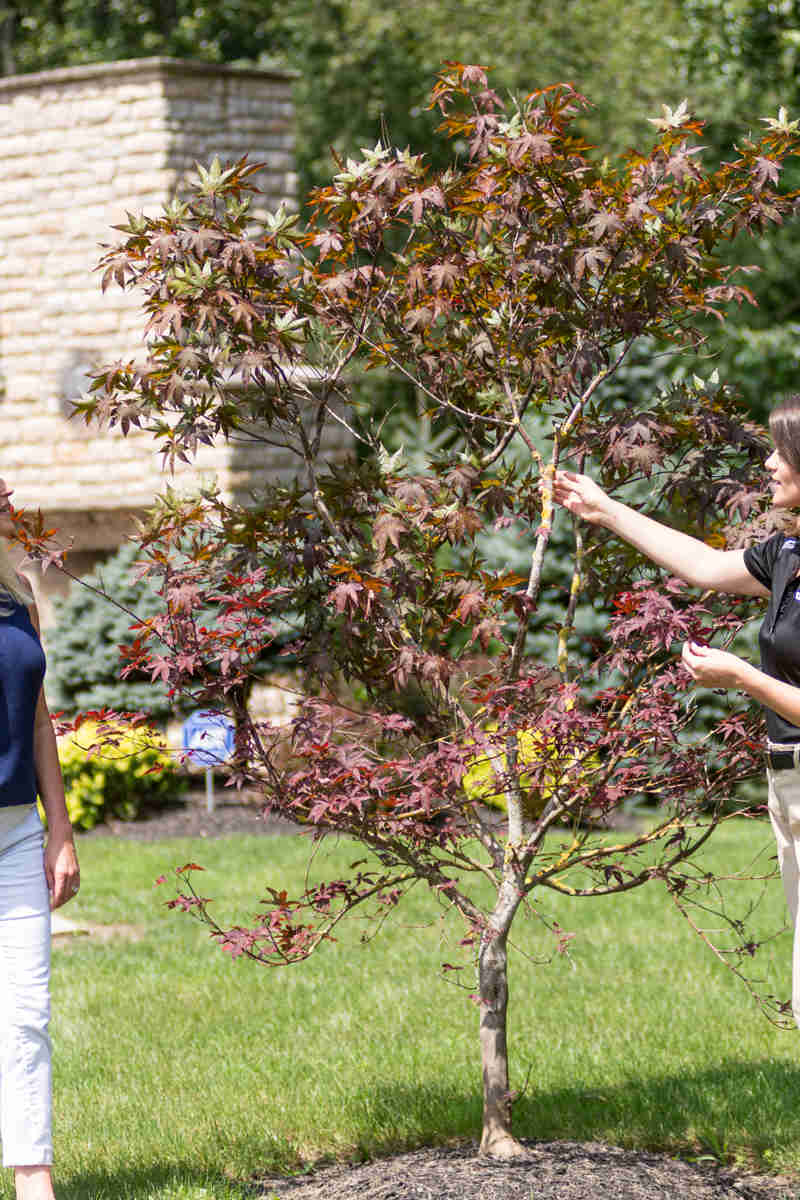Phytophthora Diseases Description:
Phytophthora is a genus containing many species of fungal-like organisms that cause blights, wilts, cankers, root rots, and dieback on many plant species around the world. The word Phytophthora is actually Greek for “plant destroyer” and is known to be one of the most destructive plant diseases in the world. There are many different species of Phytophthora, but the most well-known is Phytophthora infestans, which cause potato blight. This pathogen was responsible for the mass famine in Europe in the 1840s and is still prevalent today. Other common species that are known to attack landscape plants include:
- Phytophthora ramorum
- Phytophthora cinnamomi
- Phytophthora cactorum
Hosts:
Some of the common plant species that are susceptible to Phytophthora are maple, azalea, rhododendron, dogwood, madrone, oak, avocado, eucalyptus, pine, bottlebrush, holly, yew, boxwood, cedar, cypress, juniper, and pieris.
Biology & Symptoms:
This group of pathogens produces spores that can overwinter in the soil for many years. In favorable conditions, these germinate and produce a special kind of spore called a zoospore that can swim in films of water using flagella. The zoospores require water to swim towards and infect their host. Symptoms of Phytophthora infection include yellowing and wilting leaves and in later stages, defoliation and root rot.
Phytophthora Disease Management:
The best way to manage Phytophthora is to prevent infection. Vulnerable trees would benefit from being planted in well-drained soil. This gives the plant a healthy environment for root growth, making it less prone to Phytophthora. Well-drained soil also reduces the spread of zoospores. For established plants, avoid using deep layers of tight mulch that are high in moisture. Certain fungicides can provide protection but must be applied before the tree is exposed to the pathogen. They are not recommended for infected trees. In this case, talk to a professional arborist about the best course of action for your trees.





